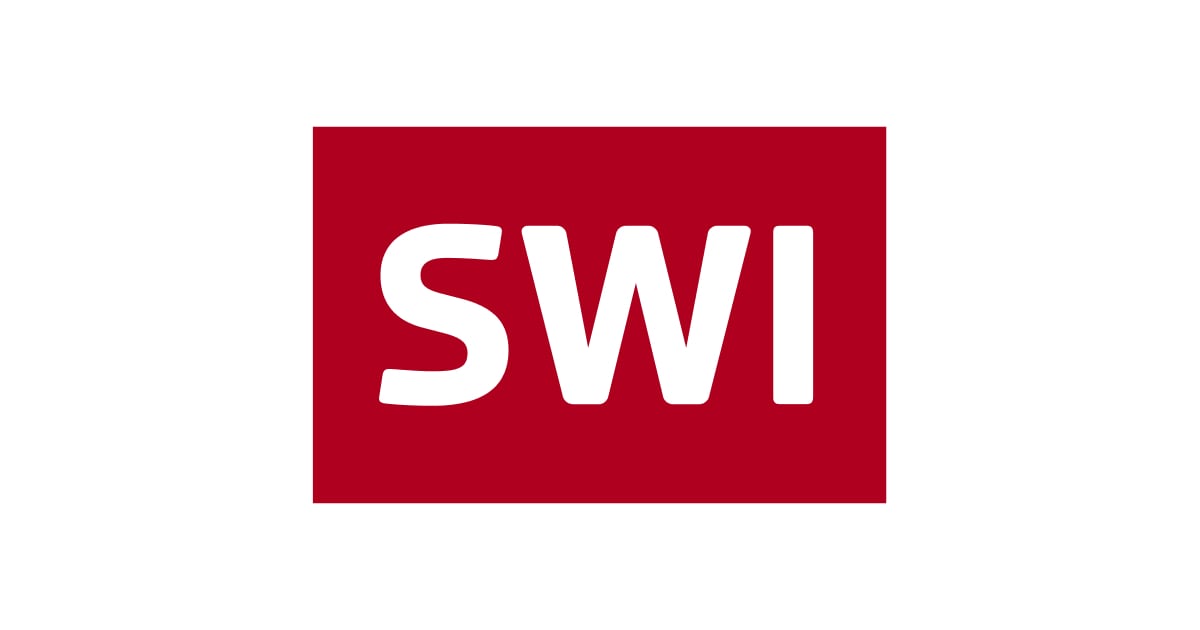
How competitive are competitiveness rankings?

Conventional wisdom is that the IMD World Competitiveness Centre’s annual rankings are a key indicator of a country’s economic fortunes. But with powerhouses like China outside the top ten, some experts question how influential such rankings are.
After a quarter of a century, the Swiss-based IMD’s competitiveness list has become a coveted prize for countries around the world that view the top spot as the business world’s equivalent of an Oscar. A move in the right direction could persuade firms to invest in a country.
This ritual was again on display with the recent release of the 2013 list. Countries such as Ireland, the United Arab Emirates and Ukraine celebrated their improved rankings, while those that slipped a few spots found themselves the subject of much hand wringing in the local media.
Simon Evenett, a professor of international trade and economic development at the University of St Gallen, urged caution when considering the rankings. “No one agrees with what constitutes national competitiveness,” he told swissinfo.ch.
“When you look into the IMD’s rankings, you’re buying into a certain view about what drives competitiveness, which other people might not agree with.”
Changing times
Since its debut, the competitiveness list from the business school has expanded from 32 countries in 1989 to the 60 that make up this year’s report. The list is based on 333 criteria, with two thirds involving data from international organizations and private institutions and another third from executive surveys.
“At that time, everybody was thinking about the competitiveness of enterprises,” explained Stephane Garelli, director and founder of the IMD’s World Competitiveness Center. “The concept of competitiveness of nations was not really established.”
The way IMD defines competitiveness is as a “tool for prosperity”, Garelli explains. “How countries manage everything to be more wealthy.”
The IMD World Competitiveness Center’s “IMD World Competitiveness Yearbook” is in its 25th year. In 2013 it assessed 60 countries based on 333 criteria.
Two-thirds of these are derived from statistical indicators and one-third from the perceptions of opinion leaders.
Switzerland climbed to second place, its best ever performance. The United States regained the top spot. Only two other European countries (Sweden, fourth; Germany, ninth) made the top ten.
The economic downturn saw countries like Swiss neighbour Italy (44) and Spain (45) fall several places in the overall ranking.
Two different stories
In the ensuing years, the forces of globalisation have dramatically altered the business landscape with emerging markets in particular gaining in stature. In 1997, the IMD acknowledged this shift by revamping the list to include emerging economies rather than ranking them separately.
Nevertheless, developed economies still dominate the competitiveness list today. The United States took the top spot in 2013, as it did in 1997, while ten European countries including Switzerland, Norway, Netherlands, and Britain cracked the top 20.
Their strong showing reflected the recovery of the financial sector and technological innovation in the US, along with the diversified economies and export-oriented manufacturing in the most competitive European countries, according to IMD.
In contrast, China was ranked 21 in 2013, a slow climb from 27 in 1997. The same goes for Russia with a ranking of 42 in 2013 compared with 46 in 1997. And Brazil has slipped considerably to 51 in 2013 from 34 in 1997.
Their growth prospects, however, tell a different story. The chief economist at Scotiabank in Canada recently predicted that growth rates in the developing world will be up to three times higher than in developed countries and that the former group will soon account for half of the world’s economy.
Organisations that promote Swiss regions to foreign businesses and investors say that the IMD World Competitiveness Yearbook ranking, as well as other rankings, such as the one by WEF, are useful tools. “We also, in particular, look at the details [of these rankings], when an investor is interested in a particular point, like hiring and firing practice or innovation ability,” Philippe Monnier, executive director of the Greater Geneva Bern area economic promotion agency, told swissinfo.ch.
Sonja Wollkopf Walt, managing director of the Greater Zurich Area, said the IMD was trusted as “unbiased, enjoying high credibility among the most varied target groups”. She appreciated that the rankings were based on both statistics and qualitative characteristics, such company interviews.
The Greater Zurich Area uses the yearbook as both a reference and marketing tool, Wollkopf Walt said. If she had a wish, it would be for a similar rating for regions, for comparison within Switzerland or with other metropolitan areas in Europe and beyond.
Gaps
In light of such bullish forecasts for emerging markets, would a company shy away from an investment in China because of its competitiveness ratings? Unlikely, say experts.
“It’s less than clear that the information provided by these rankings is anything more than one of many bits of information factoring into such a decision,” Graham White, an assistant professor at the school of economics at the University of Sydney, told swissinfo.ch.
“If the investor is thinking about growth in demand coming from China or investing into an export platform in China, it’s not apparent that the rankings would be the deciding factor.”
Evenett from the University of St Gallen agrees there are many different factors that drive investment decisions, leading to a discrepancy with the competitiveness list.
“The size of a country’s population and their higher consumer spending is an important reason for foreign investors to be interested, but it doesn’t necessarily drive what most people would think of being competitiveness,” Evenett said referring to China as an example.
The Asian country is indeed an attractive market for expansion for Swiss companies. According to a recent survey by Swiss Center Shanghai and other partners, more than half of the Swiss companies polled say China is one of their top three destinations for investment.
The two top reasons are greater growth and lower penetration compared with Europe and the US, according to Nicolas Musy, founder of China Integrated, a Shanghai-based consultancy that advises Swiss firms on how to enter the Chinese market.
“Competitiveness is more based on the efficiency of the environment, while the main driver in China is the market rather than opportunities for production.”
According to the Swiss Business Hub China, 62 per cent of the Swiss companies polled planned to increase investment in China in 2013.
Competing to be competitive
Garelli defends the IMD list, insisting it’s not just a PR exercise for governments. He argues that growth is just one element of competitiveness. In the case of the US, he points to the vast technological innovations in recent decades with giants like Google, Amazon, Apple, and Facebook transforming everyone’s lives.
He explains that governments use the list to benchmark their policies and learn about other country’s success stories. He compares the list to a GPS system for the car.
“It tells you where you are, it tells you where you have been…what we do is we help governments take decisions.”
Take Ireland. Ranked 17 on this year’s list, it was boosted by the availability of skilled labour and the flexibility of its workforce. Ireland’s Industrial Development Agency believes the rankings are important, showing the impact of various government policies, and revealing areas where further development is required.
Brendan McDonagh, director of the agency’s business intelligence, says firms are interested in particular in changes in the ranking for each criteria. But he admits the list is not a deciding factor for firms investing in Ireland.
Companies now have access to more detailed data via the Internet than 25 years ago, Evenett notes, and this “fine grain information” on relevant markets is more relevant than a country’s overall competitiveness ranking.
“Maybe the competiveness indices will have more competition to face in the years ahead.”
(with input from Isobel Leybold-Johnson)

In compliance with the JTI standards
More: SWI swissinfo.ch certified by the Journalism Trust Initiative






























You can find an overview of ongoing debates with our journalists here . Please join us!
If you want to start a conversation about a topic raised in this article or want to report factual errors, email us at english@swissinfo.ch.